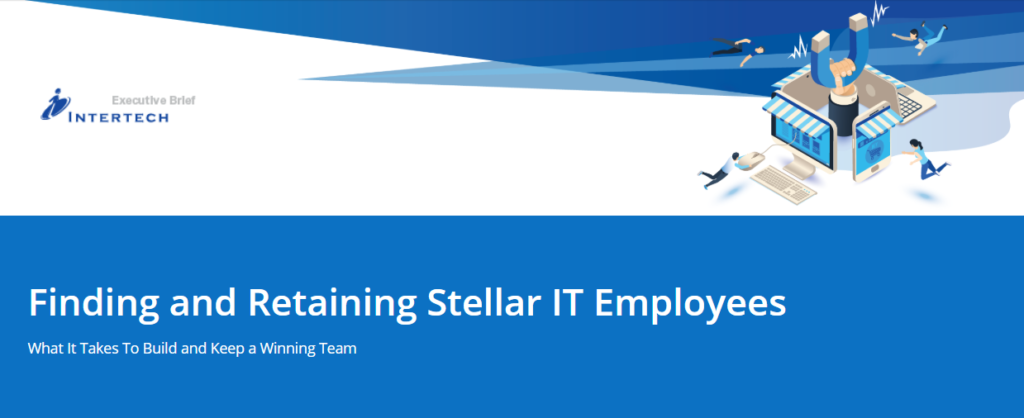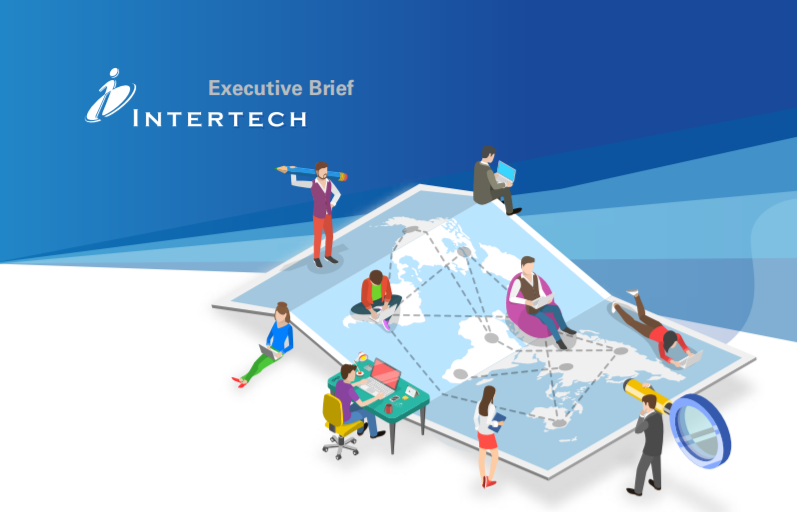Executive Brief: Finding and Retaining Stellar IT Employees

Retaining great employees also helps your bottom line. A study by the Center for American Progress found that “very highly paid jobs and those at the senior or executive levels tend to have disproportionately high turnover costs as a percentage of salary (up to 213 percent!).”1 Replacing highly paid people is expensive, not to mention the negative impact of turnover on production, training and employee morale.
How big of an issue is employee retention in the IT industry? Based on LinkedIn member data from 2017, there is a worldwide turnover rate of 10.9 percent; the tech sector (software, not hardware) showing the most volatility with 13.2 percent turnover rate.
What does this look like on a day-to-day basis in your IT workplace? Committed employees:
- Care deeply
- Understand company goals
- Support and embody company values
- Feel challenged by their work
- Use a broad range of skills
- Practice autonomous problem solving and decision making
- Take responsibility for whole processes
- Receive clear and consistent feedback
To learn practical, implementable ideas for each of the above to up your game in hiring and retaining, read our Executive Brief: Finding and Retaining Stellar IT Employees.



